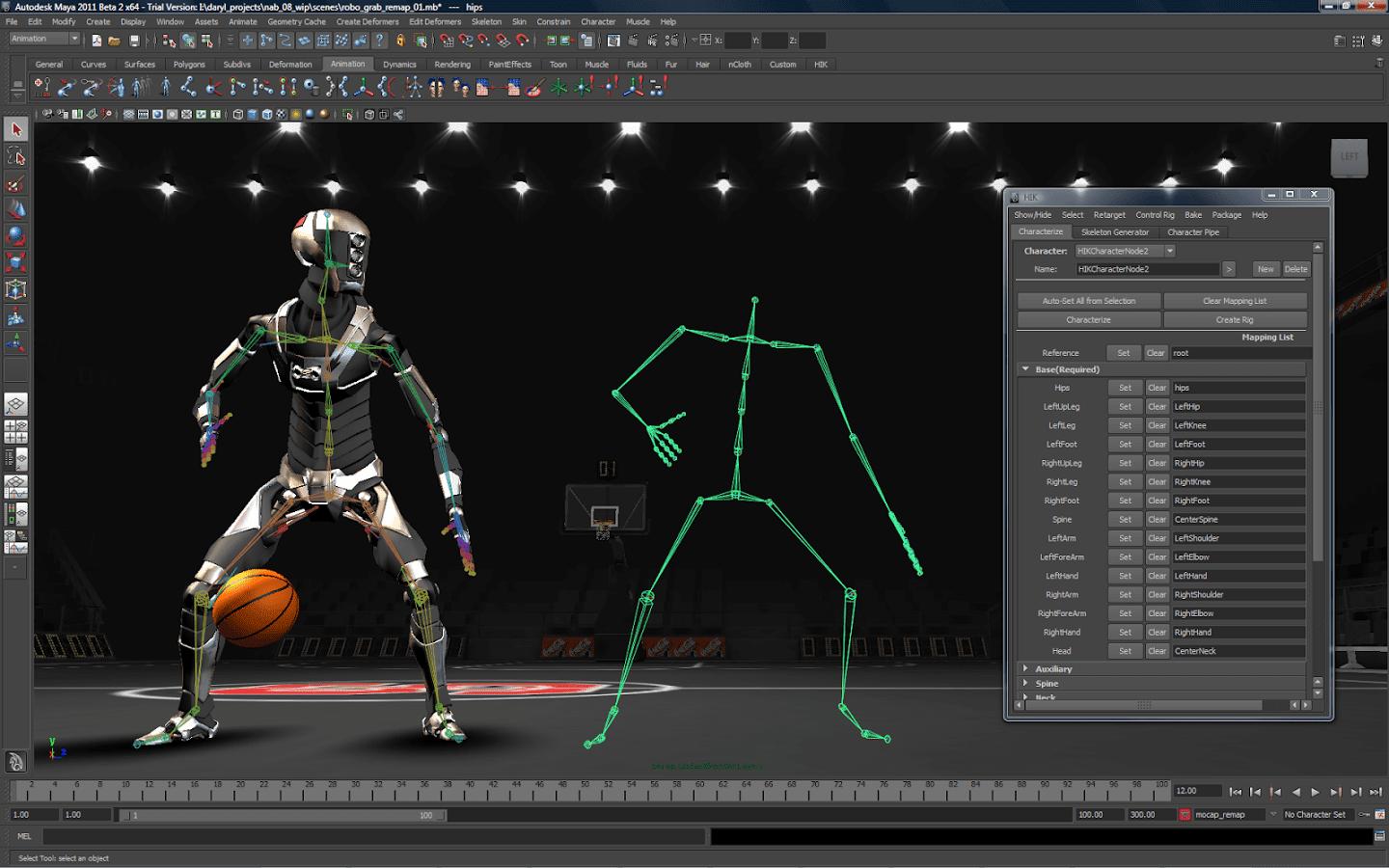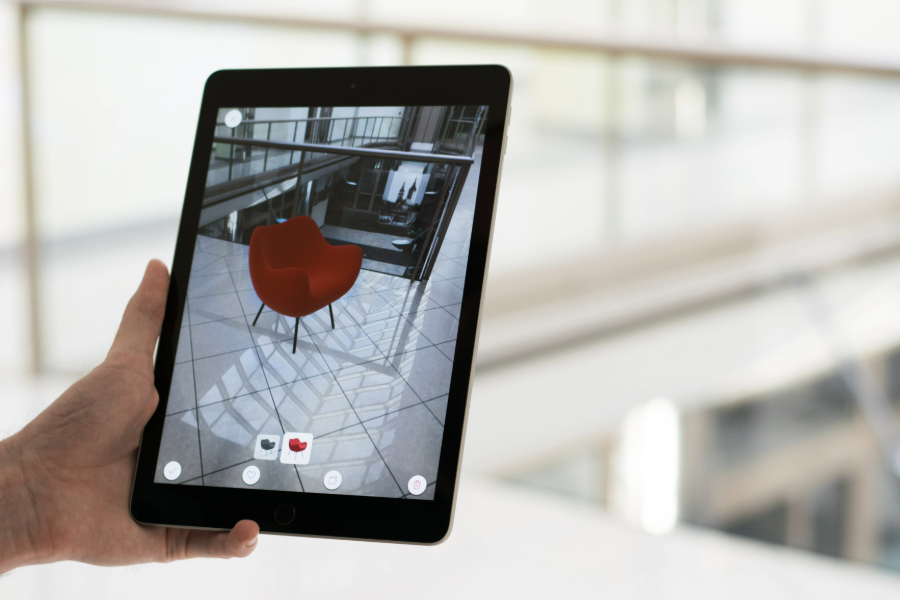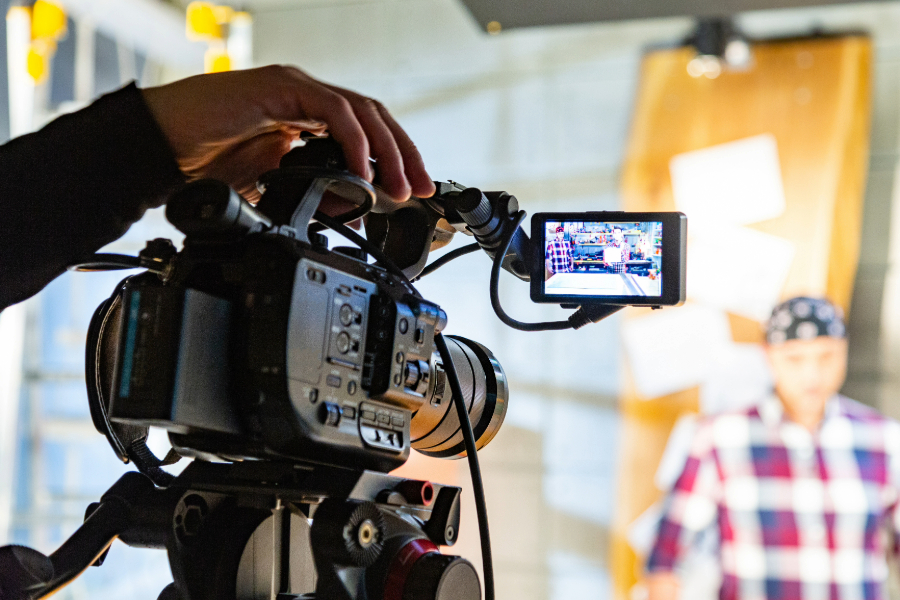The Sword of Damocles
In Greek myth, Damocles (a guy whose only job was to hang around the royal court and never got to be in any other story) approached his king, Dionysius, and expressed a bit of envy for what it must be like to be he, surrounded by riches and dripping with power. Dionysius then offered to trade him positions for a day, which Damocles jumped at the chance to do. As he took his new seat on the throne, he looked above him to see a heavy sword hanging above his head, held there by only a horse’s hair. This bit of theatre amounts to the moral that to be king comes with it an ever-present sense of doom and constant fear.
What does this Greek myth have to do with virtual reality? “The Sword of Damocles” happens to be the name of the first virtual reality head-mounted display system, created in 1968. Dubbed the “father of computer graphics”, computer scientist and internet pioneer Ivan Sutherland invented the apparatus, and named it such just because the device was so heavy and cumbersome, it had to be suspended by wires from the ceiling. But if you consider some of the more ominous possibilities of virtual reality, the name becomes something of an eerie foreshadowing.
But before Sutherland’s incredible but primitive creation, there was the Sensorama. Built by Morton Heilig in 1962, the Sensorama was a mechanical device in which the subject was seated in a kind of booth and was immersed in experiences that tapped multiple senses. The result was an impressive encounter that included sounds, smells and movement while the viewer watched short films, one the inventor called “Experience Theater” and considered it “the cinema of the future”. Heilig was unable to maintain financial backing and thus the project was abandoned.
Most of us have never tried today’s extraordinary virtual reality at its finest, ala the coveted Oculus Rift, but perhaps you tried an unsophisticated version of it from the comfort of your couch cushion blanket fort. If you ever owned a View-Master, then you’ll be getting a rush of nostalgia about now. These were little red plastic gadgets that looked like squat, squarish binoculars. In the front, you inserted a small film reel (about the size of a drink coaster) and looked inside to instantly insert yourself at the Grand Canyon, the Great Pyramids or something really cool like Jurassic Park. You pulled a small lever on the side to click through the images or movie scenes, and at least in some circles, it was a toy to be fought over. The View-Master predates both the Sensorama and the modern-day Sword of Damocles, having been introduced at the 1939 New York World’s Fair. From there the View-Master took on uses beyond entertainment, even being acquired by the military for personnel training during WWII: a hint of what VR would become in the next century.
Virtual Reality & Augmented Realty Today
Today, virtual and augmented reality are entirely different creatures. Despite a lull in advancement and interest in the 2000’s, the technology is quickly taking on some truly amazing applications. Healthcare industries, military sectors, NASA, industrial companies and rescue operations to name a few, are already using AR for delicate operations and maneuvers. While wearing an AR headset, the user can have guided help to walk them through repairs and maintenance on complicated equipment, including the most complicated of all: human beings.
Speaking with Point In Time’s Randall Crocket, who worked as a solutions architect during the birth of the VR industry as it’s known today and was involved with the development of the Oculus Rift, virtual and augmented reality can be looked at the way new technologies such as the automobile and the television once were. He notes these were once merely for entertainment and usually only for the wealthy but now, these are part of our everyday lives, things we couldn’t image not being surrounded by. He’s following intelligent uses for AR and VR such as repairing complex mechanisms like turbine engines and tanks right in the field, and applications of IPS (Indoor Positioning Systems). The Chinese government sought the tech for firemen to navigate through treacherous situations where buildings were on fire. Firemen wearing equipped headsets could then see where exit doors were located, where combustible materials might be and even locate people trapped inside.
On the lighter side, creative outlets for VR and AR abound. You can jump out of a plane wearing a VR headset and get all the thrills without being crammed into a small aircraft. You can tour homes and apartment complexes before the ground has been broken, like what Point in Time is doing for student housing developers. And if you want to really step out of this world, there are games so lifelike and consuming, people get utterly lost in them, for better or for worse. Second Life, launched in 2003, is an online virtual world and has nearly a million “residents” who can do pretty much anything there that you can in the real world, but you get to control it all yourself. In PlayStation’s Dreams game, just released Valentine’s day 2020, users can create the actual game worlds themselves, building their own universes from scratch for themselves and others to play in. Dreams is considered a highly ambitious engineering feat with unlimited possibilities for the imagination.
Worlds of Tomorrow
If today we have cars and TV, what will we have tomorrow? It’s not a far stretch remembering that only 13 years ago, the first iPhone debuted and many of us considered it in the same category as cars and TV once were. Yes, it was obviously a really cool thing but why would I ever need one of those?! VR and AR are headed in the same direction. Already, educators are putting the technology in the classrooms as learning aids. It won’t be long before a student can throw on a headset and learn geometry in a class surrounded by his peers, yet from the comfort of his bedroom wearing his favorite bunny slippers.
Perhaps virtual shopping malls will be commonplace in the near future. You won’t get your mall walk in, but with the help of a headset and haptic gloves, you can feel the material of a jacket you’ve had your eye on and even try things on before you purchase with the aid of a program that knows your exact measurements. But not to leave the mall walk behind, perhaps you’ll join a virtual yoga studio to keep fit or employ a virtual personal trainer to keep you motivated and on track. Your book club might congregate in a virtual setting, say Stonehenge just for kicks and use a program that pulls up pages from the book you’re discussing as topics are reviewed. Perhaps that same program can generate lifelike representations of the characters in the book and act out scenes before you. You could make friends with someone living anywhere in the world, and in VR, stroll through a park with them or drag them along with you on that shopping trip.
In Ernest Cline’s novel, Ready Player One, he imagines a world much like this. His protagonist lives a dreary existence in the not so distant future, escaping with his headset and gloves into a world where he can be anything, do anything, yet still attend high school and stay physically fit, programming his devices to lock down the fun stuff until he gets his reps in for the day. In the movie Minority Report, police pull images up from computer to a 3D representation they can swipe and navigate through with a wave of their hands. Tony Stark also has this technology in the Iron Man trilogy, not to mention what his suit can do.
Shopping for a house or new car may become exponentially simpler, touring a home or taking a test drive all with VR and AR equipment, saving vast amounts of time and headache, as long as that virtual salesperson is agreeable. Your doctor can save you the drive with a virtual follow-up appointment and he’ll probably be more handsome than you remember. Don’t know what to make for dinner or perhaps don’t know how to cook at all? Step into a virtual chef’s kitchen and let him show you the proper techniques and ingredients you need to have your own 5-star dining experience.
Of course, there is always a downside to consider. Moderation is key as with any technology and even now we see the struggles we all have with “screen time” and the far-reaching “unplug” campaigns. There are even retreats and therapy to help people when technology becomes their reality, to their detriment. And let us not forget the advertising onslaught that will inevitably occur anytime a new technology arises. Imagine a virtual salesperson barging into your cozy book club meeting to sell you on the latest shave gel or laundry detergent. Perhaps your virtual bodyguard will just throw him a quick uppercut.
To see what Point in Time is dreaming about, check out our VR and AR projects here.



